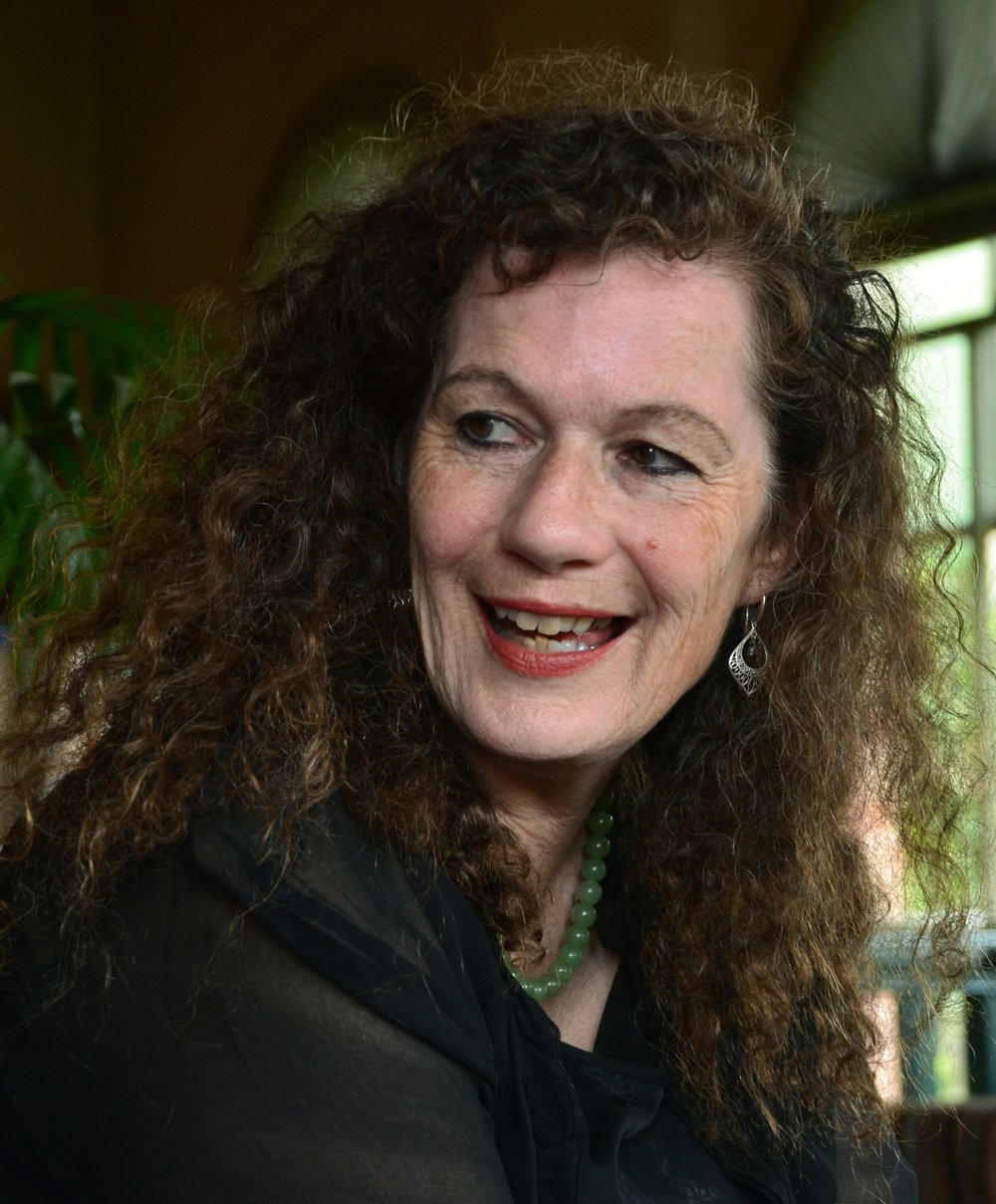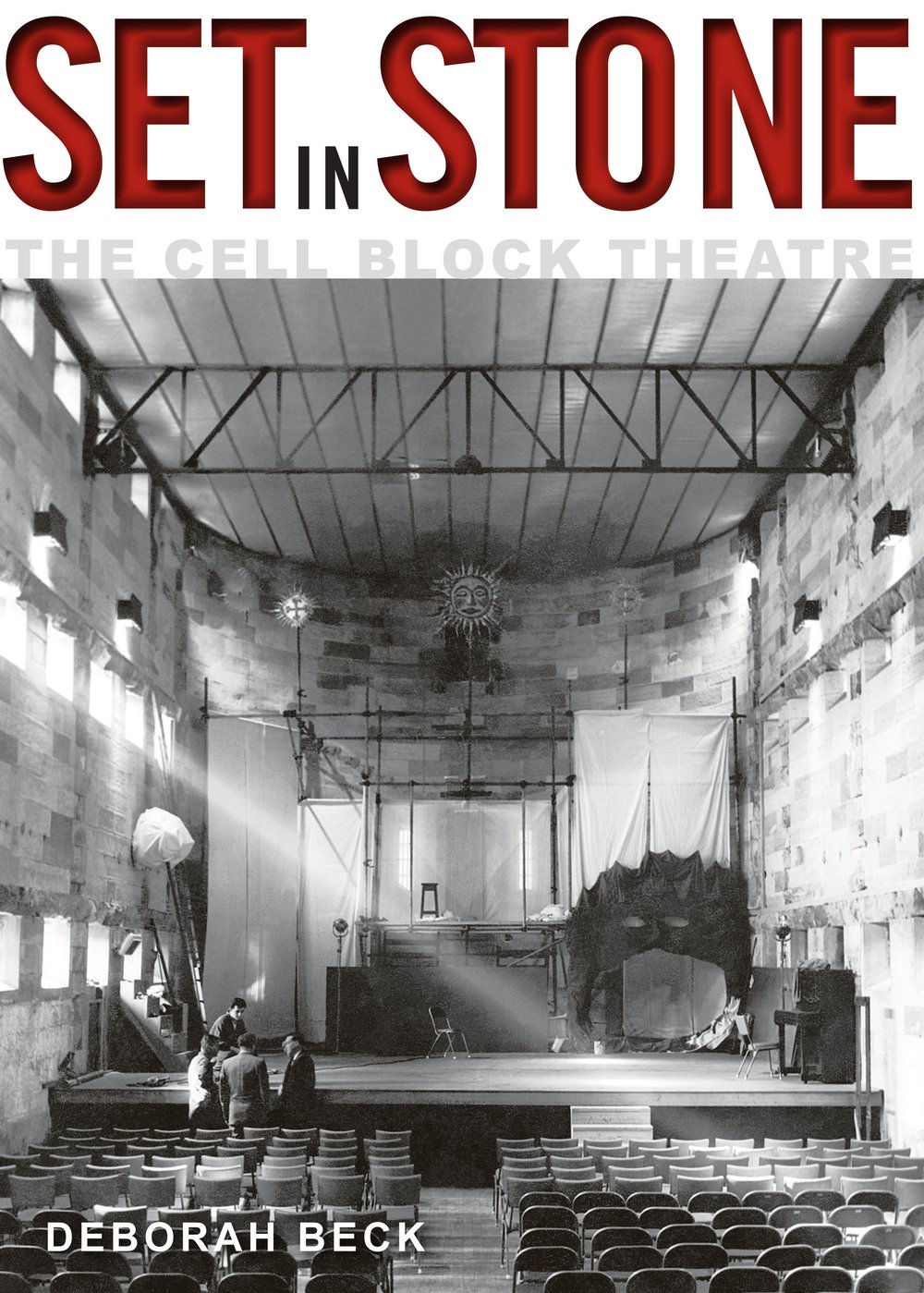On 5 July 1955, an eighteen-year-old art student named William (Bill) Wright was walking past the old women’s cell block of Darlinghurst Gaol eating a Sargents meat pie covered in tomato sauce. Bill Wright described what happened next in a speech he gave in the Cell Block Theatre fifty-five years later:
'Mouth ajar, teeth bared, eager to savour the first crusty mouthful – when – around the corner of the building, I was confronted, face-to-face, by the startled gaze of a great and beautiful American actress, Katharine Hepburn. Hepburn, sensitive to my look of sheer astonished disarray, kindly ordered me to get in behind the small crowd of dignitaries in her wake and follow her to the Cell Block. Where she then stood, a few metres from where I am now.
Hepburn talked informedly about the plight of women and – something completely unknown to me at that time – the conditions of the prior inhabitants, the former inmates of this building, about the much-abused women prisoners once long ago incarcerated here. It was my first ever encounter with what came to be known as women’s rights, and feminism. Her speech was inspiring, it expressed sentiments that were then new to me – but remain, forever imprinted.'
Katharine Hepburn was in Sydney performing the part of Isabella in Shakespeare’s Measure for Measure at the Tivoli Theatre, as part of a tour of Australia with the Old Vic Company, brought to Australia by JC Williamson. Robert Helpmann also joined the production, playing the part of Angelo. To gain publicity for his plans for a new theatre in the disused cell block, the principal of East Sydney Technical College, WR (Bill) Crisp, invited Hepburn and Helpmann to come to the college to announce his proposal, and they did so before an admiring group of students, press and photographers. Many in the crowd, like Bill Wright, remember this day well.
Hepburn and Helpmann were shown around the college by Crisp, Roy Davies (head of the National Art School) and Phyllis Shillito (head of the School of Design). Hepburn stood on a rickety platform and gave a speech in the cell block. She referred to it having been a female prisoners’ wing, and said it was most appropriate that a member of the second oldest profession should be opening a building which had housed women from the oldest profession. She also suggested a mural of the former residents should be painted on one of the walls, and recited part of the Merchant of Venice. Helpmann was impressed with the space, and said that the old prison had a ‘unique, wonderful atmosphere for a theatre’, and that he was honoured to be the first artist to appear there.
This is an excerpt fromDeborah Beck’s book Set in Stone: The Cell Block Theatre which won The New South Wales Community and Regional History Prizein the NSW Premier’s Literary Awards 2012.



